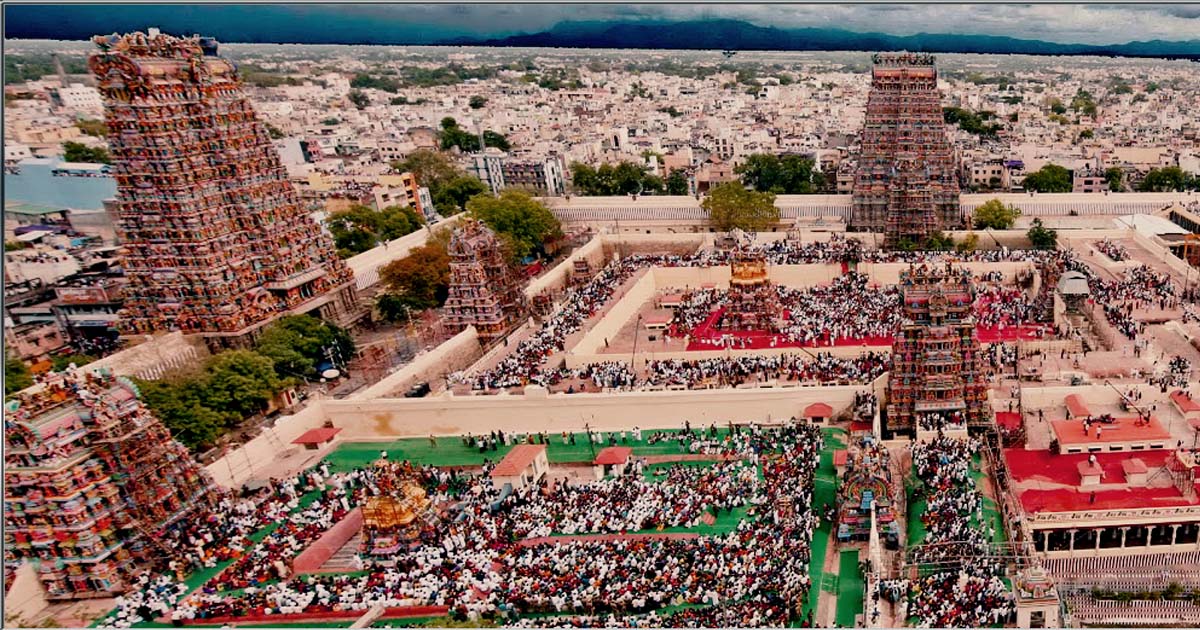
Revival of Temple Culture
The revival of authentic Vedic temple culture is one of the keys to reviving Sanatana Hindu Dharma and is therefore one of Kailaasa’s highest national priorities. The Vedas, the Upanishads and the Dharmashastras provided the philosophical foundation and the Itihasas (religious history) and Puranas (sacred literatures) the societal framework to sustain this foundation. Temple culture formed the nucleus of Hindu civilization and it spawned, incubated, nurtured, sustained, and spread Sanatana Dharma’s cultural and social milieu from time immemorial.
The origins of temple culture date back to the Vedic concept and practice of yajna. The word yajna describes an elaborate ritual of sharing—a ritual where all communities and strata of society came together and offered their material and non-material services for the welfare of the country. It was an act of strengthening human, social and national bonds on an epic scale. A yajna was how the entire nation renewed its vows to itself.
As Vedic culture evolved and gave us the concept of murti puja (deity worship), yajna gradually found an organic expression in the form of temple culture. A temple in spirit was not just a place for people to worship and return home; it was simultaneously the primary educational institution, a community center, the home of the performing and literary arts, and the platform for free and fair social and political discussions and debates.
The plan, design, and structure of almost all classical and medieval temples was well-defined, scientific and followed the rules of Indian architecture laid down in the Shilpashastra texts. A visit to any of these still-surviving temples makes it clear that areas are earmarked for specific purposes: dormitories for pilgrims, halls for debates and similar activities, a yajna shala (sacred rituals building) , a natya shala (theatrical dance building), a communal water tank, and platforms for Gurukul students to take their lessons. The actual temple itself forms a small part of this grand architectural scheme. For example, the North Indian holy city of Varanasi is in fact one massive temple complex that contains hundreds of mini-temples within its walls.
One of the greatest contribution of Vedic temple culture is in the field of classical performing arts. Hindu classical music and dance primarily evolved from and were refined over hundreds of years in the confines of thousands of temples spread throughout the various Vedic kingdoms. Nothing can substitute the Guru-shishya (Guru-disciple) tradition that alone has sustained Hindu classical performing arts. The temple culture in turn sustained the Guru-shishya tradition by granting the Guru the material prosperity and social respect to perpetuate his or her art to posterity.

Recent Comments